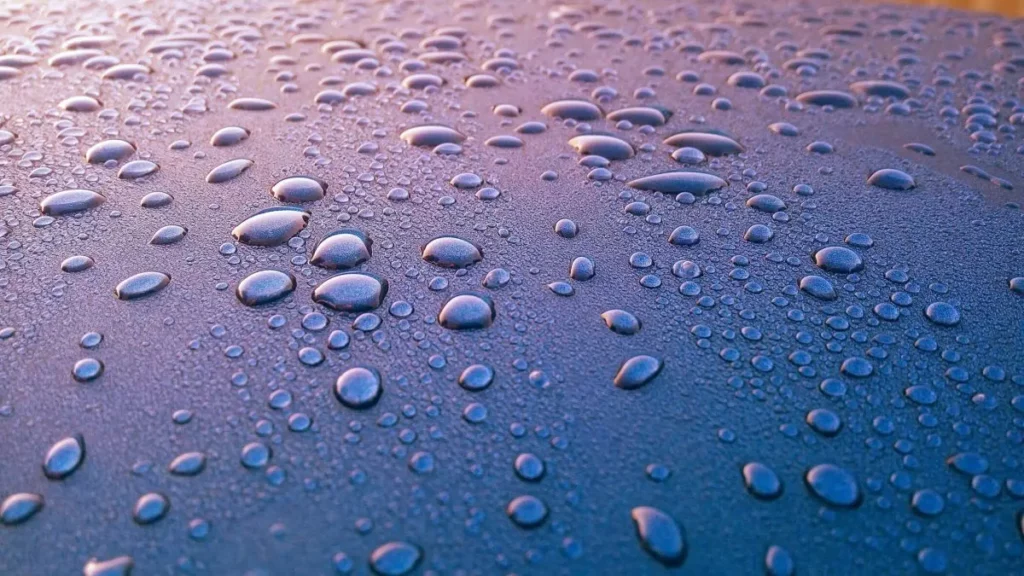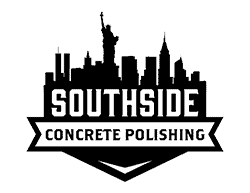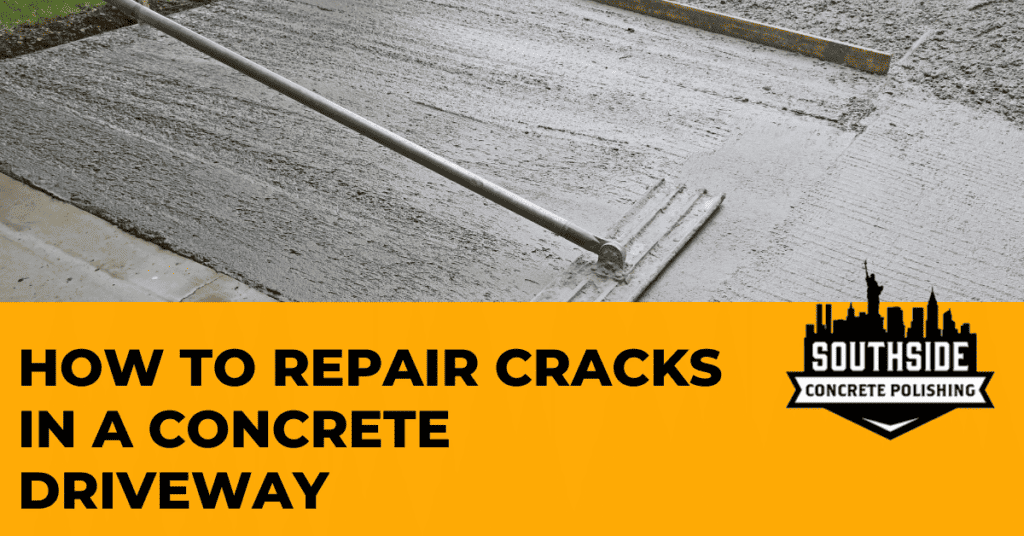If you’re looking for the best DIY guide to reduce moisture in a basement, congratulations! You’re in the right place. Help with concrete waterproofing is not rocket science.
A lot of people ask us “how do you get rid of moisture in the basement?” It can be an uphill battle if you’ve never had to fight this issue before, but we can guarantee that you’ll be fighting moisture like a pro after you read this article. Before we start, it’s helpful if you can determine the source of the moisture. Are you leaving basement windows open when it’s humid outside? Is there a leak coming from the ceiling?
Once you determine where the moisture is coming from, it’ll be a lot easier to tackle this beast. Oftentimes, installing a dehumidifier is simply not enough. Moisture in the basement is a real problem, because if you neglect the moist air, cold water pipes, wet basement, perhaps faulty drainage system, or clogged gutters and downspout, it can add up to an incredibly high repair bill.
Basement Moisture Control
Don’t wait until mold has formed. Don’t wait until you see structural damage to address the issue. A little preemptive work at the first sign of trouble will help you save hundreds on would-be repairs.
Here are five basic ideas that can help you control and eliminate all the possible sources of moisture coming from your basement:
Check your dryer vents
This can be a very common cause of moisture in your basement if you happen to have your dryer and washer downstairs in the basement. The wet clothes will create water vapor and moisture, which then is blown outside of the washer when your clothes are drying. This usually happens when the vent pipe that disperses the moist air becomes disconnected, all the warm and moist air is blown into the area around the dryer.

The result? You’re going to have moisture issues entering your basement. The solution? Check behind the dryer to make sure that the metallic colored pipe is securely fastened. With how much some dryers move while they are operational, a loose vent is quite a common fix. Fasten the pipe, and run the dryer again to make sure there are no other moisture leaks. If there are, you can always use foil tape to make a quick and permanent seal around the pipe leak. If the issue is not repairable by a professional, it’s time for a new dryer.
Check the Sump Pump
A sump is the basin or pit beneath your basement floor. These are incredibly useful when storms or floods raise the water level above the point of your basement floor. Water will drain into the sump pit and avoid a basement flood. Typically these are installed in homes that are in low-lying areas, or you have a basement in general.
If you leave a sump basin open, or if it doesn’t have a lid, the water that evaporates from the inside can be a steady source of basement moisture. There is a simple solution to this:
Put a lid on the basin. If the water is enclosed and sealed in a container, your moisture problems should “evaporate”. If you can find a lid that screws closed, you’ll create an airtight seal around that pesky sump basin.
Water seepage and Basement Moisture
Water seepage generally occurs where the wall meets the floor, through the top of the foundation, or through cracks in the concrete. Cracks in the concrete can be in the walls, floors, or the ceilings. A large enough crack can introduce a serious amount of moisture into the building.
If there is enough moisture present, this will promote mold via a damp, moist, and musty environment. The solution? Repairing cracks with epoxy, interior drain installation (where the wall meets with the floor), and preventing the top of foundation seepage that is so common in basements. If there is still moisture after all these problems have been corrected, we recommend installing a dehumidifier.
Leaks in the Plumbing
If you are experiencing moisture problems in the basement, there may be a leak behind the walls of vanities, washers, showers, or laundry sinks. Since they are not visible, plumbing leaks like this can last for a long time. Prevent wood rot, drywall crumble, mold growth, and rusty pipes by regularly inspecting your pipes.
Always check to see if your basement shower walls seem soft or spongy; if they are, you may have a pipe leak behind the wall. If you’re not comfortable running the water and seeing if pipes or shut offs are leaking, hire a reputable plumbing service.
Crawl Space Moisture Problems
Got a crawl space near the basement? Moisture from the ground can easily evaporate near this space, which gives it an easy path towards your basement. A drainage pump may need to be installed if the moisture is measurable with a cup. Don’t put a dehumidifier in a dirt floor crawl space, however. This can cause the foundation of the structure to sink by sucking moisture out of the dirt that is supporting the structure. If you’re not sure, it’s always better to hire a professional.
Basement Moisture Absorber Techniques
If you’re in over your head when it comes to interior waterproofing, hire the best concrete and floor waterproofing company in New York. We are Southside Concrete Polishing, one of the most well-known concrete and epoxy contractors in New York City.
Don’t let water damage wreak havoc on the foundation of your home. At the first sign of trouble, make sure to contact the waterproofing experts at Southside to protect your home for generations to come.
Share This Post




